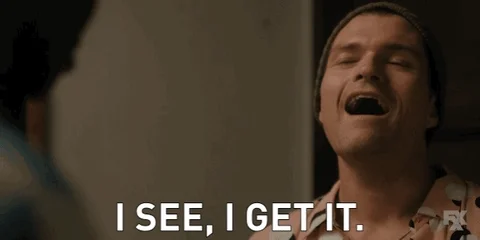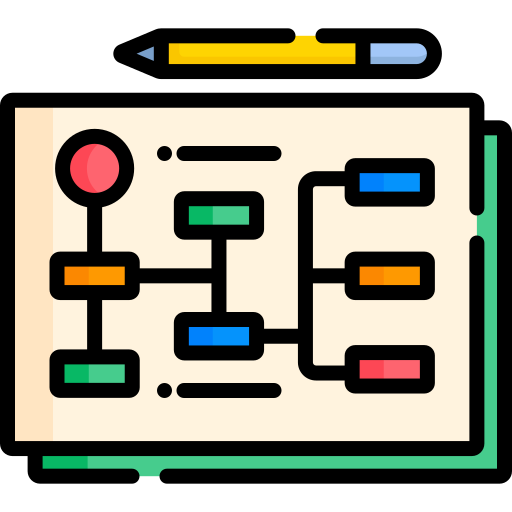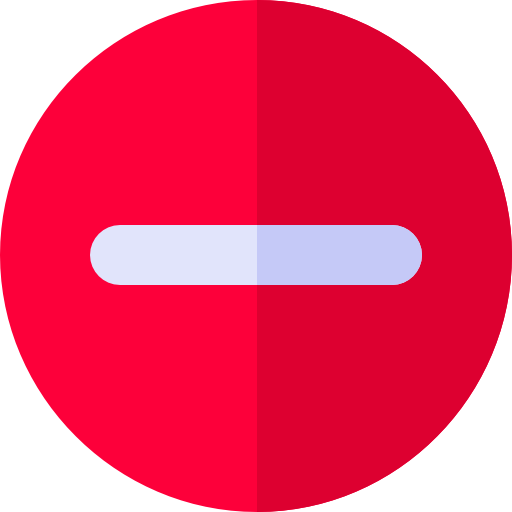Are you a visual learner? Do you love to be creative?
Do you want to learn something quicker? Do you have ideas you want to organize?

Join me to learn the mind mapping note taking method that can help you learn and retain information better.
What are Mind Maps?
Mind maps are visual thinking tools that visually organize information. They place the title in the center and expands topics both horizontally and vertically.
 Photo by Husniati Salma on Unsplash
Photo by Husniati Salma on UnsplashWhy use the mind mapping note taking method?
The layout of mind maps has been shown to help:
Organize information
Improve understanding, memory, and recall
Enhance productivity
Foster creativity
Generate student enthusiasm
Guide the thinking process

How to Create a Mind Map

Grab a pen/pencil/markers/highlighters and paper, or use a digital mapping tool to get started.
Follow these 5 simple steps to begin your mind map:
1. Establish the core topic with a title in the center of your mapping space.
2. Branch out from the core idea by adding subtopics or supporting ideas and connecting them to the core topic.
3. Use keywords instead of phrases for the subtopics, and bullet lists or short explanations for supporting points.
4. Color code information to your choice as long as it makes sense to you and finally, make sure to organize your mind map.
5. Use images/icons (optional) to better associate ideas.
Below is a sample video of how to create a mind map for a study topic: 🔽
Quiz
Chelsea is studying for her chemistry exam next week and decided to make a mind map on a topic. What are some things she could do to create an effective mind map? Select all that apply.
Pros and Cons

Concepts are easily visible
Analyzing and reviewing mapped notes is efficient
Easily editable by adding further branches
Pictures and colors facilitate memory and appeal to visual learning

Facts and thoughts can be difficult to distinguish
May have to use other note-taking methods for supporting information
Can get overwhelming for complex topics
You could miss an important point
Take Action
 Photo by Afif Ramdhasuma on Unsplash
Photo by Afif Ramdhasuma on UnsplashTake advantage of the mind mapping note taking method and go further with these resources:
Your feedback matters to us.
This Byte helped me better understand the topic.
